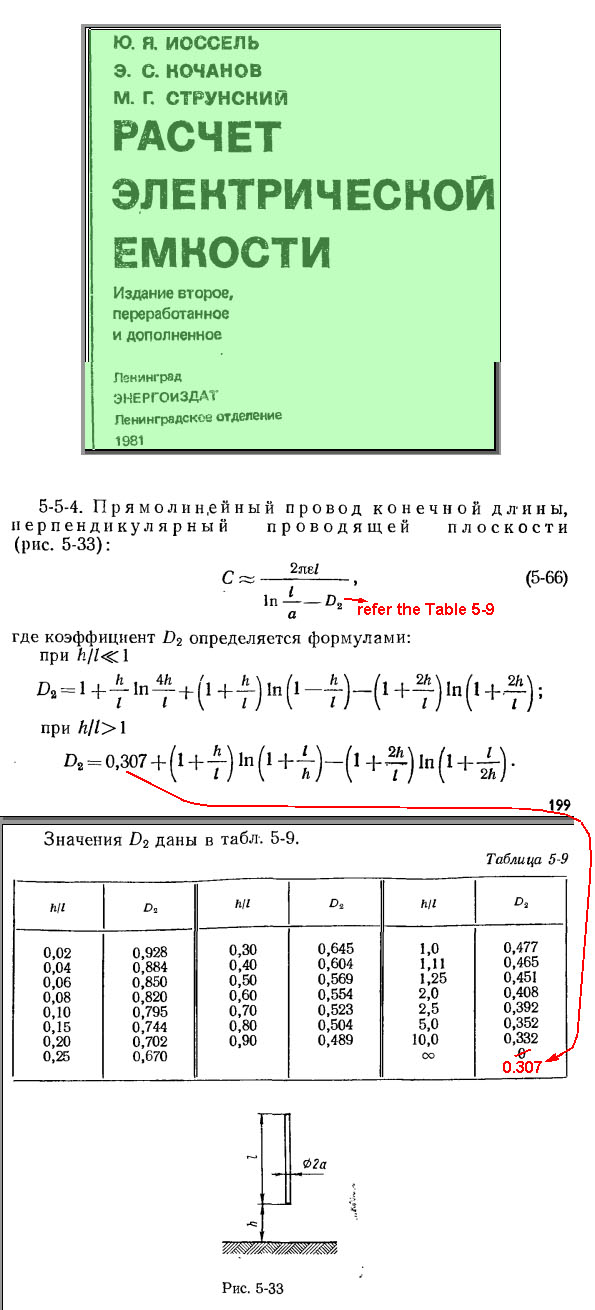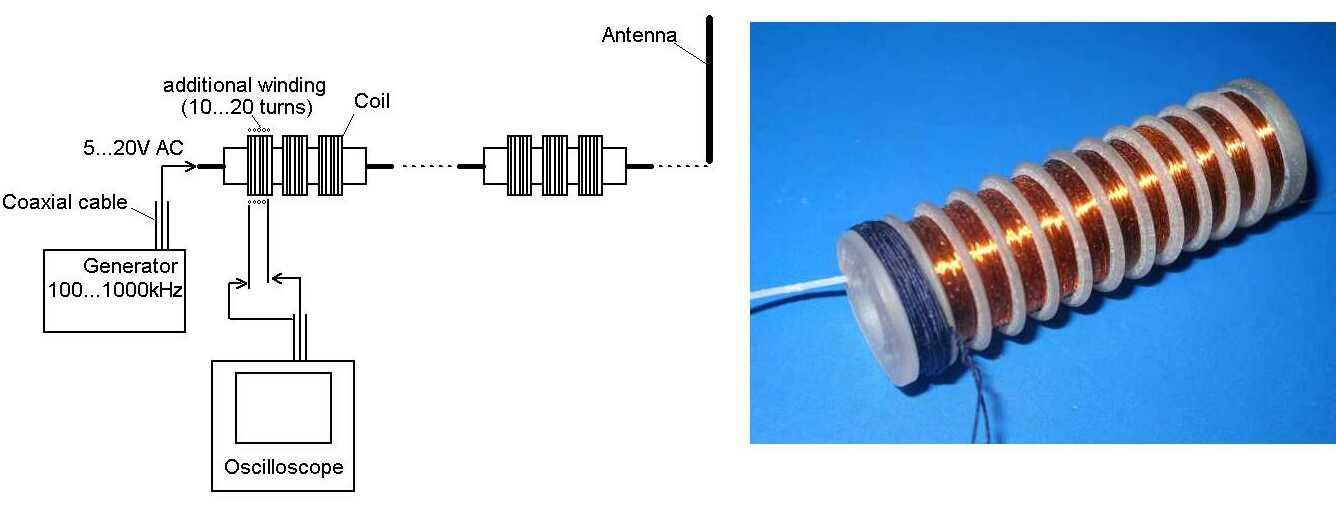"Also, does anyone know if there's anything to gain using a frequency higher than 260 kHz?" - antman
All frequencies probably have some "gains" and some "losses" -
Higher frequencies require smaller linearizing (antenna) inductors, which tends to lower the cost a bit.. Lower frequencies (I think) are less likely to interfere with, or be interfered with by, other radio or EM emmitting appliances.
With lower frequencies, it is easier to retain the higher harmonics of the oscillator waveforms - but IMO this is not a big issue really as most often harmonics are produced mainly by mixer imperfections and deliberate 'distortion' of the audio waveform.. one does tend to find though that higher frequency theremins often produce a more sine-like audio.
It is easier to deal with lower frequencies as PCB / wiring capacitances and inductances are less critical (one gets less unwanted coupling).. I tend to think of 500kHz as the top frequency I would normally use for pitch oscillators, and 1Mhz as the top for volume oscillators.
Frequencies lower than about 200kHz add slight "difficulty" in rejecting the sum components - not a real difficulty, but one may need more elaborate filtering than just RC, as to get rid of anything lower than 400kHz sum adequately (as in, with no HF squeezing its way out on the audio with potential for trouble if taken to a digital effect or whatever) the RC might need to be big enough to slug the (wanted) audio high harmonics... Not a great problem at all (one usually has an opamp or other active component where you can implement a higher order filter easily) but probably woth mentioning.
To be honest, I have not actually played with many designs operating below 250kHz, 270kHz to 470kHz have been the main frequency range I have used.
Fred.




